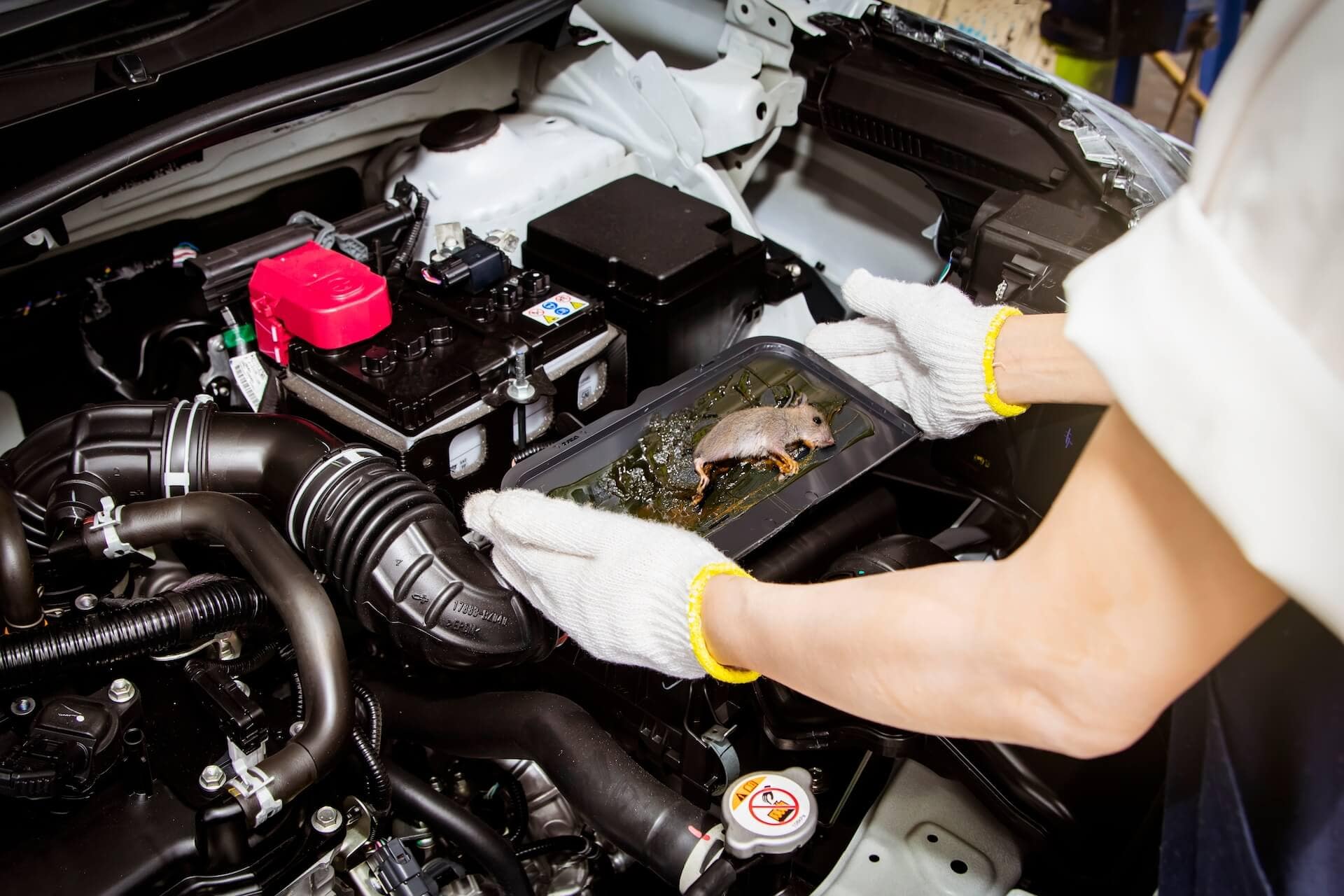How to Get Mice Out of Your Car Engine
Mice are a common problem for car owners, especially during the winter months. Mice are attracted to the warmth of your car’s engine, and they can quickly build nests and start breeding in your engine compartment.
If you suspect that you have mice in your car engine, there are a few things you can do to get them out.
1. Check for signs of mice
Before you start taking any action, it’s important to confirm that you actually have mice in your car engine. Look for the following signs:
- Droppings: Mouse droppings are small, dark pellets that are often found in areas where mice have been nesting or feeding.
- Nests: Mice will often build nests in warm, sheltered areas of your engine compartment. Nests are typically made of soft materials, such as insulation or fabric.
- Chewed wires: Mice can damage wires in your engine compartment by chewing on them.
- Unusual noises: If you hear scratching or squeaking noises coming from your engine compartment, it could be a sign that you have mice.
2. Remove the mice
Once you have confirmed that you have mice in your car engine, you can start taking steps to remove them. There are a few different ways to do this:
Trapping
Trapping is a humane way to remove mice from your car engine. You can use live traps or snap traps. Live traps are more expensive than snap traps, but they allow you to release the mice unharmed. Snap traps are less expensive, but they can kill the mice.
To trap mice, place the traps in areas where they are likely to travel, such as near the nest or food sources. Bait the traps with peanut butter or cheese. Check the traps regularly and remove any mice that have been caught.
Repellents
Repellents can be used to deter mice from entering your car engine. There are a number of different repellents available, such as mothballs, peppermint oil, and ultrasonic deterrents.
To use repellents, place them in areas where mice are likely to enter your car engine, such as near the air intake or exhaust pipe. Repellents can be effective, but they may need to be reapplied regularly.
Exclusion
Exclusion is the most effective way to keep mice out of your car engine. This involves sealing up any holes or gaps that mice could use to enter your engine compartment.
To exclude mice, inspect your car engine compartment for any holes or gaps. Seal up any holes or gaps with caulk, expanding foam, or steel wool.
3. Clean up the mess
Once you have removed the mice from your car engine, it’s important to clean up the mess they left behind. This includes removing any droppings, nests, or food sources.
To clean up the mess, use a vacuum cleaner to remove any droppings or debris. You can also use a disinfectant to clean the areas where the mice have been nesting or feeding.
4. Prevent future infestations
Once you have gotten rid of the mice in your car engine, it’s important to take steps to prevent future infestations. Here are a few tips:
- Keep your car clean: Mice are attracted to food and debris, so it’s important to keep your car clean. This includes vacuuming the interior and removing any food or trash.
- Seal up any holes or gaps: Mice can enter your car engine through even small holes or gaps. Seal up any holes or gaps with caulk, expanding foam, or steel wool.
- Use repellents: Repellents can be used to deter mice from entering your car engine. There are a number of different repellents available, such as mothballs, peppermint oil, and ultrasonic deterrents.
- Park your car in a garage: If possible, park your car in a garage. This will help to keep mice away from your car and prevent them from getting inside your engine.
By following these tips, you can help to keep mice out of your car engine and prevent future infestations.





